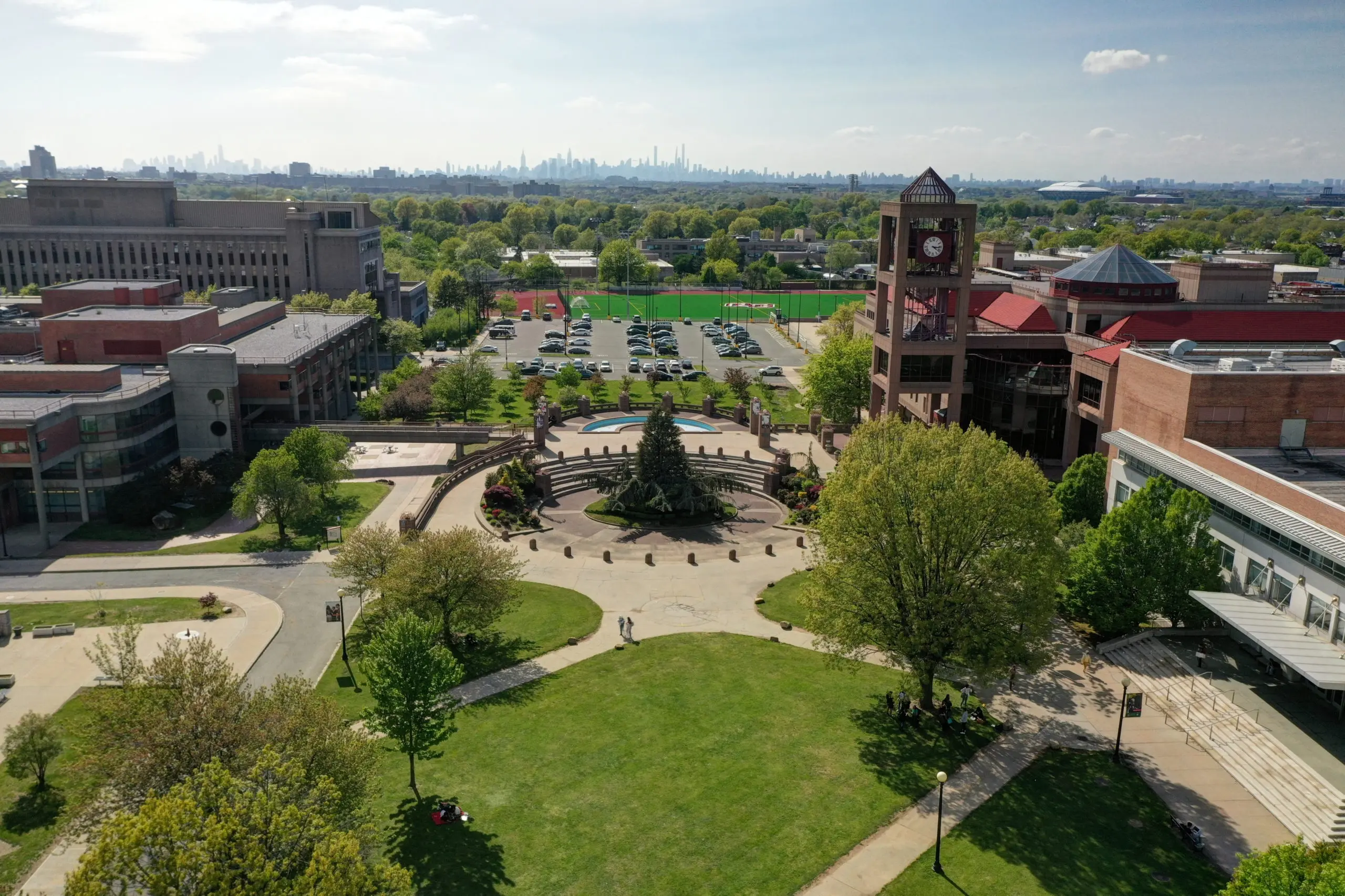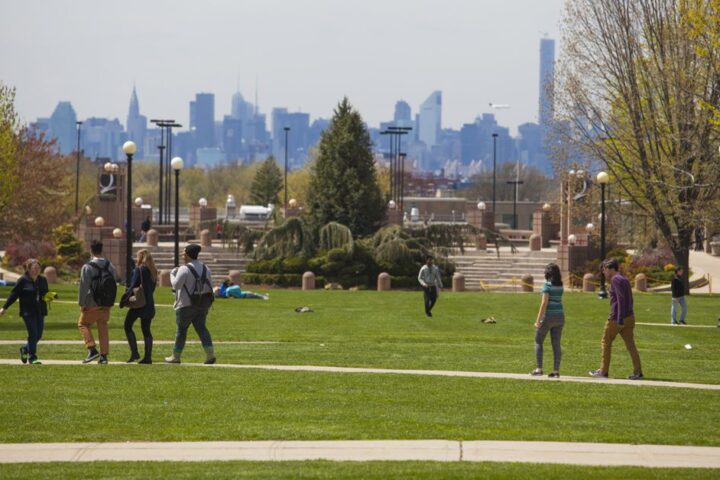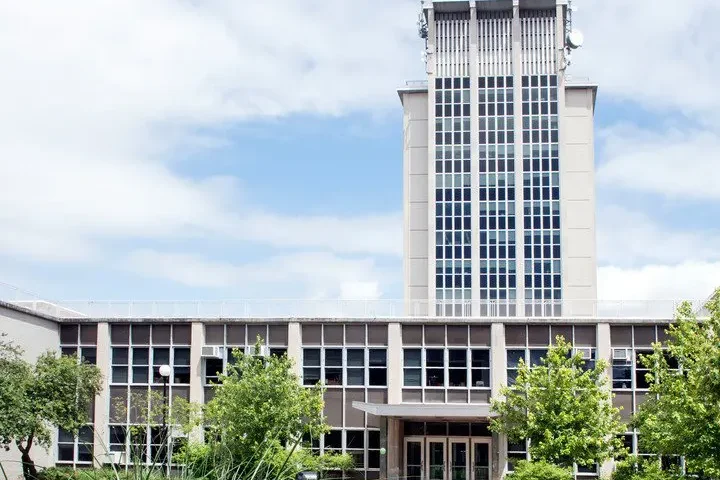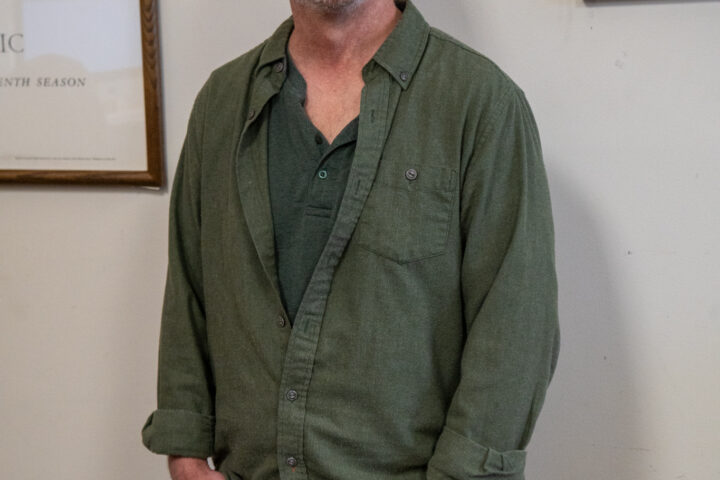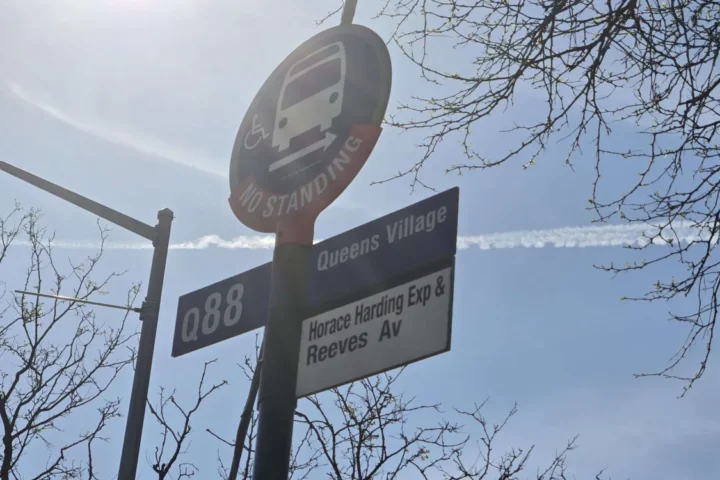The City University of New York (CUNY) is embarking on a five-year project to revamp its aging infrastructure. A self-audit conducted in 2020, using life-cycle methodology (a method used to assess various environmental impacts, effects on human health, and resource usage linked to lifecycle, procedures, and/or actions), found a staggering $4.3 billion backlog in deferred maintenance.
CUNY’s Five-Year Capital Plan focuses on enhancing facilities to support student success, preserving infrastructure, improving technology, and expanding campuses as needed to support student success. The plan also emphasizes health and safety, incorporating lessons from the COVID-19 pandemic to ensure the well-being of the community.
The term “backlog” refers to a situation where necessary repairs, upkeep, or maintenance tasks for buildings or infrastructure have been postponed or delayed beyond their scheduled or recommended timeframes.
This backlog accumulates when essential maintenance or repairs are neglected, often due to budgetary constraints, lack of resources, or other externalities. As a result, the condition of the buildings or infrastructure may deteriorate, potentially leading to increased repair costs and operational challenges in the future.
The self-audit analysis by CUNY revealed that an additional $6.8 billion would be necessary over the next five years to fully address “the deferred maintenance backlog and ongoing renewal.”
The state of disrepair across the board in CUNY facilities has not gone unnoticed. Last year, Gothamist published an article addressing distressing issues such as “black mold in classrooms, flooded libraries, and leaks that destroyed valuable lab equipment” at Brooklyn College, Hunter College, and several other buildings in the CUNY system.
The author, Sophia Chang, dug up images of broken restroom stalls, dilapidated ceilings, and unkempt hallways from a slew of Instagram accounts dedicated to documenting the differing conditions of deterioration. The bio statement from @huntercursedimages is “point and laugh at our infrastructure.” These accounts effectively utilize humor to mask the daily anguish of a summarily inferior experience, and their respective curators are well-intentioned in demanding additional funding to mitigate the extenuating circumstances that have become normal.
However, it is also possible to determine different ways to identify locations of degradation, assemble thoughts, and venture into the range of solutions in order to reach a breakthrough. Contributing to a discourse about infrastructure is not easy: these numbers are big and the range of issues across the CUNY system is extensive. After all, those $4.3 billion dollars of backlog are not localized to Queens College. Abstract concerns that are immediate to this campus require critical thinking, just as it is with any CUNY campus.
The Knight News spoke to Rafael de Balanzó Joue — an architect, urban designer, and professor of urban economics with a PhD in sustainability science. This interdisciplinary field focuses on the study of sustainable development and the integration of social, economic, and environmental dimensions to identify and evaluate potential solutions.
Between 2015 and 2017, Professor de Balanzó Joue worked closely with a previous iteration of the QC Department of Sustainability Initiatives. During this time, the professor recalled a webpage flush with extensive data reporting. While the current website has descriptors of progress that has been made over the last five years, the sort of accessible data the professor remembered is currently unavailable on the department page.
While Professor de Balanzó Joue is aware of the budgetary backlog, he emphasized the necessity for student and faculty engagement. HVAC renovation and lighting work is done by trade specialists behind the scenes and often when classes are not in session (which explains part of the deferred maintenance) but Professor de Balanzó Joue argues that, “Sustainability is not just about infrastructure, it is about building community. The community needs to be involved.”
During his stint working with the Department of Sustainability Initiatives, Professor de Balanzó Joue toured Queens College buildings with students to paint the roofs white — an initiative that cools buildings, lowers energy bills, and reduces environmental impact.
Professor de Balanzó Joue addressed the waning focus on sustainability initiatives at QC and the departure from pursuing “STARS certification.” On their website, STARS describes itself as a “transparent, self-reporting framework for colleges and universities to measure their sustainability performance.”
There are currently 351 institutions with a valid STARS rating. Of the CUNY colleges, only Brooklyn College and John Jay College of Criminal Justice have a STARS rating. The grading is competitive, and Professor de Balanzó Joue speculates that QC likely dropped the pursuit because “it takes a long time to complete the questionnaire.”
Professor de Balanzó Joue feels strongly about revitalizing sustainability initiatives and encourages students and faculty to develop a sense of community while holding discussions about college infrastructure. There are more discussions to be had to better extrapolate the broad concept of infrastructure concerns at QC. Certain steps have been taken by QC over the past few years and there is certainly more essential work to be done.
As The Knight News continues its coverage on this topic, we thought it prudent to provide a primer on the complex matter of buildings and grounds, with this introduction on the holistic perspective of sustainability.
Professor de Balanzó Joue teaches Urban Economics (ECON 246) at QC. He has partnered with the National Science Foundation and Makerspace to develop a unique curriculum.


